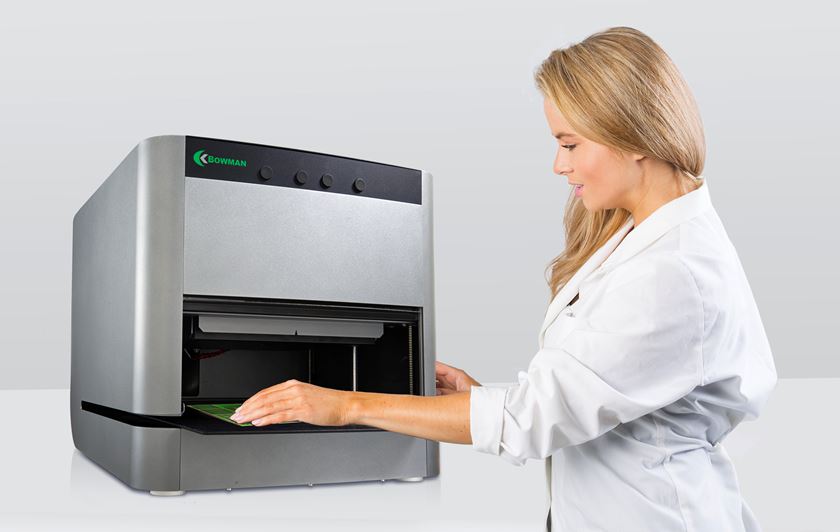Painting Transformer Tank Radiators
Question: I am the manager of quality control for a company that is the largest manufacturer of transformer rectifiers in India.
Question:
I am the manager of quality control for a company that is the largest manufacturer of transformer rectifiers in India. These transformers are oil cooled with tanks having cooling fins or radiators. These fins are all around the tank and almost the full height. The fins are made of thin material of 1.2mm, having slots for cooling of 600mm depth with 30mm narrow gap/slots. We do conventional spray painting from outside and hence the sides are not getting completely painted, resulting in rusting in a very short time of less than six months. These transformers are used for outdoor service. We are looking for a solution and have the following questions:
- 1. Are flexible paint spray guns available, which can be used to paint narrow gaps and side walls?
2. Is the present spray paint system okay for this or should we use any other more effective painting system like pouring the paint and using rollers?
3. Presently we are carrying out zinc phosphating prior to fabrication of the tank. Is it okay? Phosphating to painting takes approximately 30 days time.
4. Is iron phosphating more useful, particularly to avoid the rusting?
5. What other effective painting methods are recommended? S. N.
Answer:
Painting transformer tanks having cooling fins using conventional spray equipment is a difficult task. The electrostatic spray painting method may be a better choice. The Faraday cage effect may hamper your effort to paint all the surfaces.
Featured Content
Flow coating may be a best coating method for your transformers. My company used manual and automatic flow coaters to paint intricately shaped tanks. For large power transformers, we had a guy stand on a platform above the unit pouring paint over the surface using what looked like a garden hose. That answers questions 1, 2 and 5.
In question 3, do I understand correctly that you do not paint immediately after zinc phosphatizing? Instead, you don’t paint for 30 days? Zinc phosphate is a metal pretreatment or a prepaint treatment. Zinc phosphatized steel will flash rust within a couple hours. After that, you are painting over rust. You asked, “Is it okay?” Yes, it is not only okay, but it is recommended for outdoor exposure in high quality finish systems, which you are trying to apply. I recommend you paint immediately after zinc phosphatizing, no matter what painting method you use.
The answer to question 4 is zinc phosphate provides better corrosion resistance to painted steel than iron phosphate. Consequently, it is recommended for finish systems in outdoor exposure. By the way, iron phosphate will probably flash rust faster than zinc phosphate. In any event, stick with the zinc phosphate and paint it by flow coating immediately after pretreatment.


















